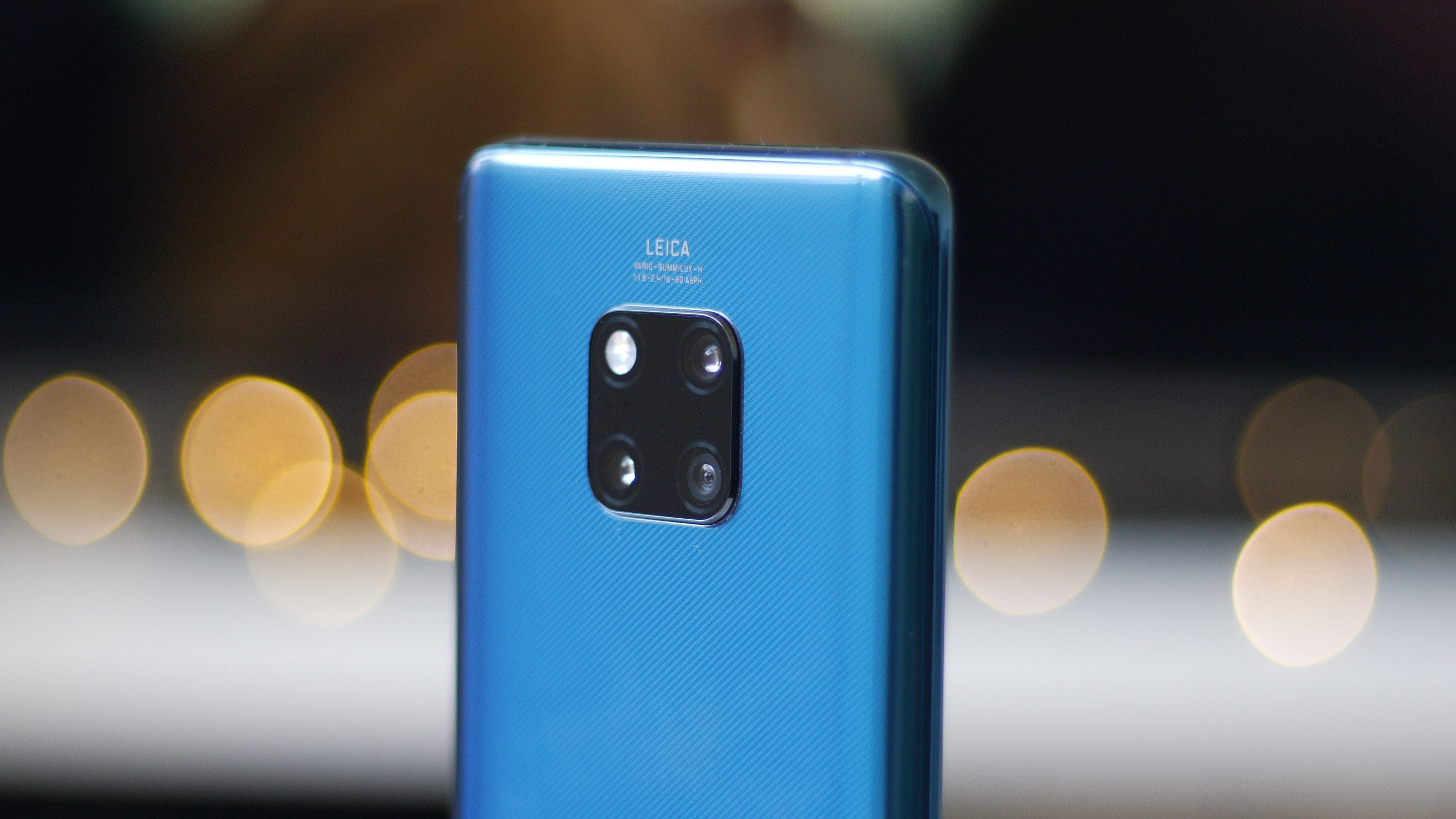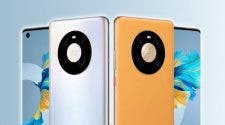Huawei unveiled EMUI 11 in September; while also announcing beta testing among flagship smartphones including the P40, Mate 30 and MatePad Pro models. Later, beta testing began on smartphones of the Huawei Mate 20 line, first in China, and then in Global markets.
EMUI 11 testing for Huawei Mate 20, Mate 20 Pro and Mate 20 X models in China culminated in a stable build release. That being said, Huawei has promised to roll out EMUI 11 for Mate 20 smartphones in the first quarter of 2021. Recently it was reported that global versions of the smartphones will receive the firmware in March, but distribution has already begun.
At the moment, the firmware is being distributed in stages in different regions of the world; so owners of Huawei Mate 20, Mate 20 Pro and Mate 20 X can check the smartphone for an update.
EMUI 11 brings a redesigned user interface, improved Always-on-display functionality, new GUI effects, improved sound design, redesigned Multi-Screen Collaboration with mouse and keyboard support, and more.
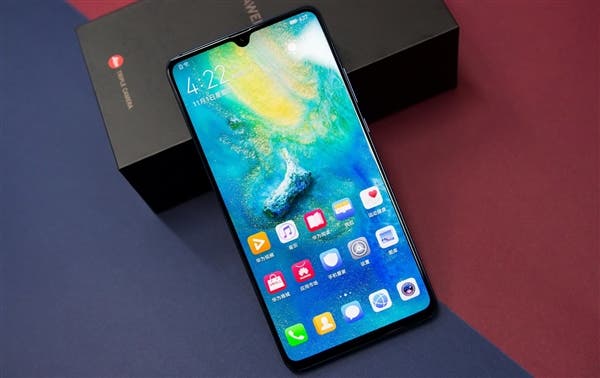
Huawei: We will never sell our smartphone business
Ren Zhengfei, founder and CEO of Huawei, said on Tuesday that Huawei will survive the sanctions imposed by Donald Trump and look forward to a renewed relationship with the United States when new President Joe Biden comes to power.
Joe Biden took over as head of the White House last month. Huawei now expects the new US president to improve relations between the two countries; as well as American and Chinese companies. Ren Zhengfei said Huawei remains determined to buy equipment from US companies and that restoring Huawei’s access to US goods is mutually beneficial. In addition, he suggests that the restrictions on the Chinese tech giant will hurt US suppliers.
“We hope the new US administration would have an open policy for the benefit of American firms and the economic development of the United States,” said Ren. “We still hope that we can buy large volumes of American materials, components, and equipment so that we can all benefit from China’s growth.”

The leader of the company also denied information that Huawei is going out of the smartphone business.
“We have decided we absolutely will not sell off our consumer devices, our smartphone business,” he said.
The company will unveil the flagship foldable smartphone Huawei Mate X2 on February 22nd; and the Huawei P50 is expected to be announced in March.
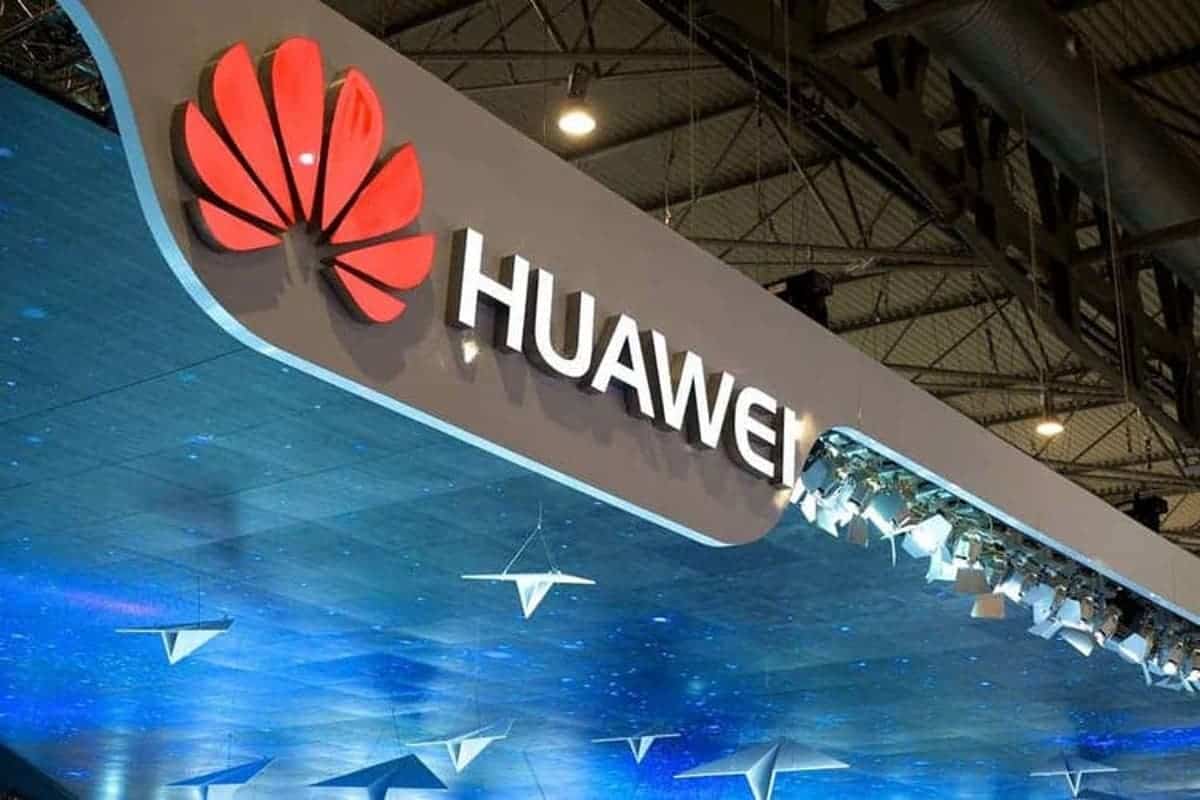
Huawei completely defeats Apple in the Chinese phone market in 2020
According to CINNO Research and Canalys, Huawei still comfortably leads the Chinese smartphone market. According to the International Data Corporation (IDC) mobile phone quarterly tracking report, China’s smartphone market shipments in the fourth quarter of 2020 were approximately 86.4 million units, a slight increase of 0.3% year-on-year.
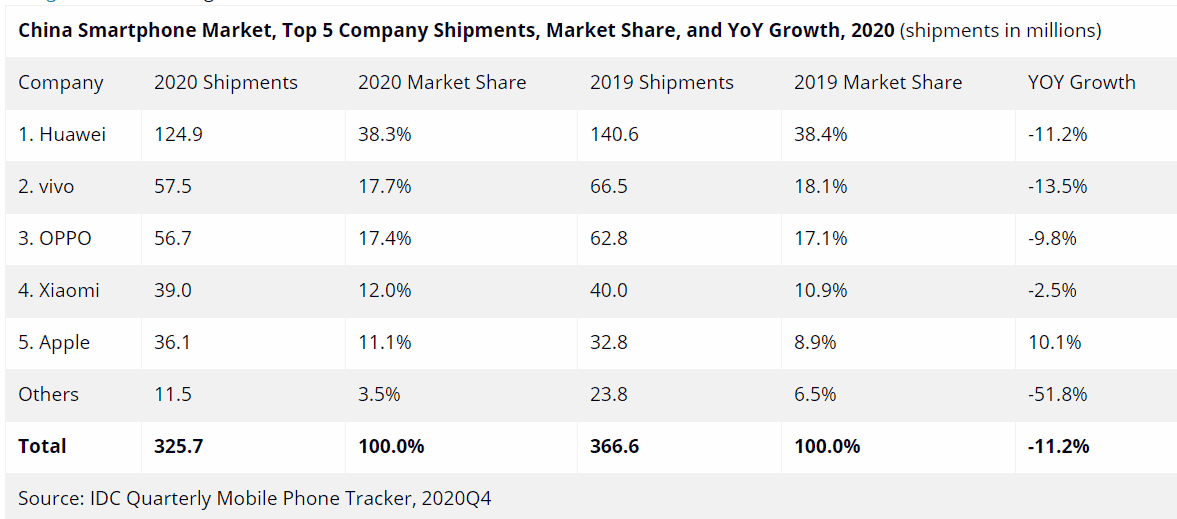
In the fourth quarter, shipments of Apple, OPPO, Vivo, and Xiaomi all increased significantly. In terms of specific rankings in the fourth quarter, Huawei, Apple, OPPO, Vivo, and Xiaomi ranked in the top five. Although Huawei fell 34.5% year-on-year, it still ranks first with a 25.1% share.

Looking at the entire 2020, Huawei is still miles ahead of the competition. It has a 38.3% market share which is a 0.1% decrease from its 38.4% market share of 2019. In second place is Vivo with a 17.7% market share. This shows that Huawei in the first position has a market share that is over 50% higher than second-place Vivo. Oppo, Xiaomi, and Apple rank third to fifth respectively. Except for Apple’s year-on-year growth, the other four manufacturers all have different degrees of decline.
In the fourth quarter, the Chinese 5G mobile phone shipments were about 60 million units. In 2020, the cumulative shipments were about 167 million units, accounting for more than 50%.

